Reading this post I thought I could use R objects loaded in the global environment straight away in .Rnw documents and compile them directly to PDF in RStudio. But unfortunately that does not work for me...
I would like to make a summary of a data.frame that undoubtably is already loaded in my global environment.
Evaluating summary(JLLdata) in the console produces the correct output. However, when I try to include summary(JLLdata) in my .Rnw file, I get the error (chunk 1) Object 'JLLdata' not found.
Here my .Rnw Syntax:
\documentclass{article}
\begin{document}
\SweaveOpts{concordance=TRUE}
<<JLLdata>>=
summary(JLLdata)
@
\end{document}
And here a screenshot from R Studio (you can see that JLLdata is in the global environment and the Compile PDF error)
